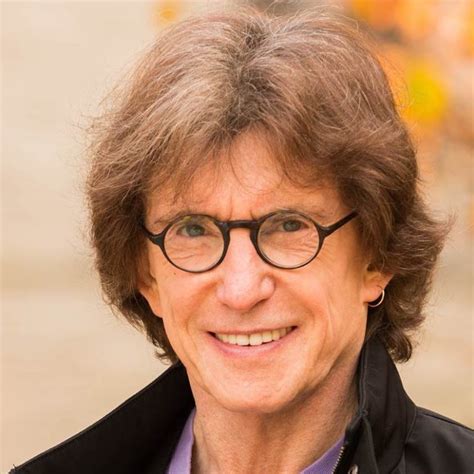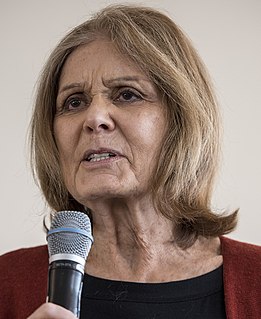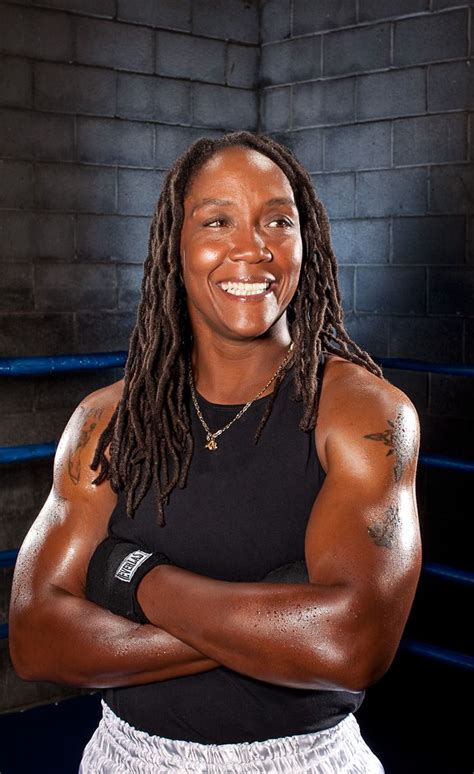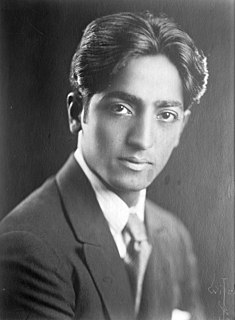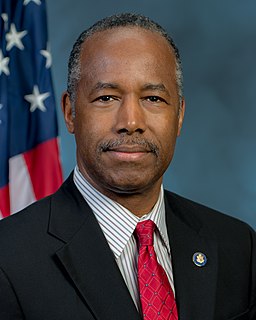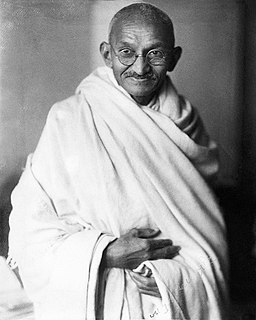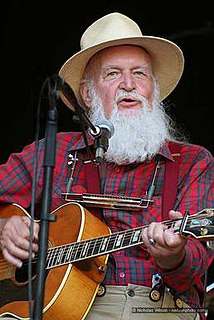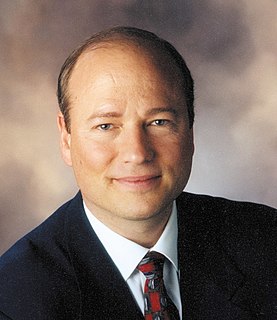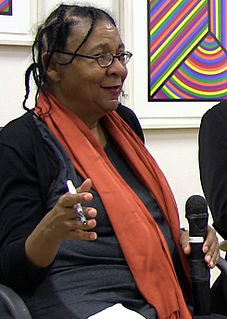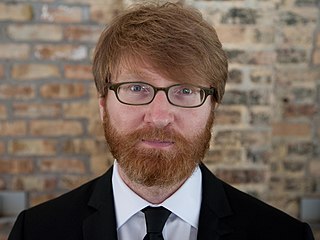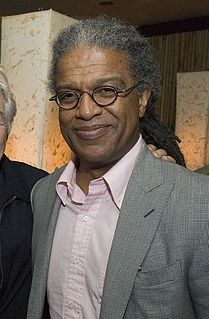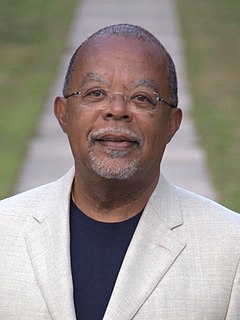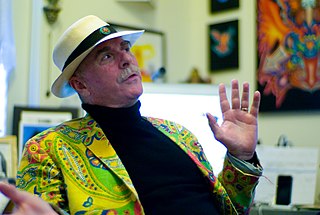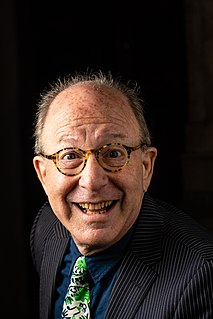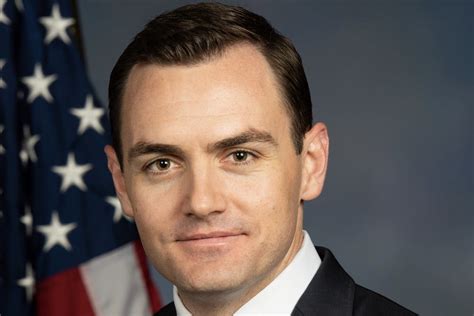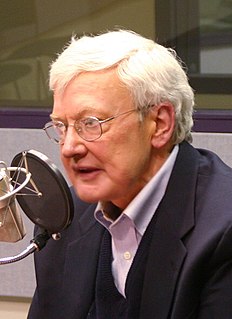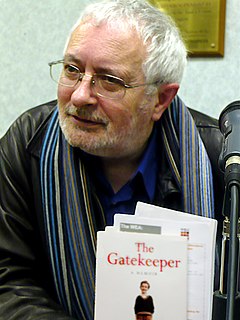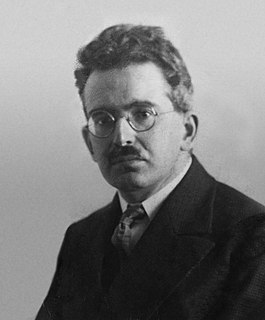A Quote by Henry Giroux
Students being miseducated, criminalized and arrested through a form of penal pedagogy in prison-type schools provide a grim reminder of the degree to which the ethos of containment and punishment now creeps into spheres of everyday life that were largely immune in the past from this type of state violence. This is not merely barbarism parading as reform - it is also a blatant indicator of the degree to which sadism and the infatuation with violence have become normalized in a society that seems to take delight in dehumanizing itself.
Quote Topics
Also
Arrested
Barbarism
Become
Being
Blatant
Containment
Creeps
Day Life
Degree
Delight
Ethos
Everyday
Everyday Life
Form
Grim
Immune
In The Past
Indicator
Infatuation
Itself
Largely
Life
Merely
Now
Past
Pedagogy
Prison
Provide
Punishment
Reform
Reminder
Sadism
Schools
Seems
Society
Spheres
State
Students
Take
Through
Type
Violence
Were
Which
Related Quotes
State violence, particularly the use of torture, abductions, and targeted assassinations are now justified as part of a state of exception in which a political culture of hyper-punitiveness has become normalized. Revealing itself in a blatant display of unbridled arrogance and power, it is unchecked by any sense of either conscience or morality.
I think the other side of this is in this balance between the social state and the punishing state, remember, the social state has been decimated. And the question becomes, how is finance capital, how does the 1 percent now resort to governing? And they govern basically through a form of lawlessness and what I call the punishing state, in which we've had a punishment creep, and now it moves from the prison to almost every institution in society, from airports to schools to social services.
As a mode of public pedagogy, a state of permanent war needs willing subjects to abide by its values, ideology, and narratives of fear and violence. Such legitimation is largely provided through a market-driven culture addicted to the production of consumerism, militarism and organized violence, largely circulated through various registers of popular culture that extend from high fashion and Hollywood movies to the creation of violent video games and music concerts sponsored by the Pentagon.
The television screen is the lens through which most children learn about violence. Through the magnifying power of this lens, their everyday life becomes suffused by images of shootings, family violence, gang warfare, kidnappings, and everything else that contributes to violence in our society. It shapes their experiences long before they have had the opportunity to consent to such shaping or developed the ability to cope adequately with this knowledge.
I've never trained anyone that I haven't known as a child. I knew Kirkland when he was 12. Every one of them I started training when they were kids. This is not about just the fight game for me. It is a sport for troubled children that are drawn to violence and that type of life. Boxing has that violence part in it, but it also has structure and dedication and the whole nine yards. You get that little bit of violence that you were drawn towards, but it can save a lot of kids.
Violence is not merely killing another. It is violence when we use a sharp word, when we make a gesture to brush away a person, when we obey because there is fear. So violence isn't merely organized butchery in the name of God, in the name of society or country. Violence is much more subtle, much deeper, and we are inquiring into the very depths of violence.
Now if you not only support them through that pregnancy, but now provide childcare for them so they can go back to school and get their GED or their associate's degree or bachelor's degree or their master's degree, learn how to take care of themselves, teach their baby how to take care of themselves so that you break the cycle of the dependency.
You cannot cheat with the law of conservation of violence: all violence is paid for, and for example, the structural violence exerted by the financial markets, in the form of layoffs, loss of security, etc., is matched sooner or later in the form of suicides, crime and delinquency, drug addiction, alcoholism, a whole host of minor and major everyday acts of violence.
Some people draw a comforting distinction between force and violence. I refuse to cloud the issue by such word-play. The power which establishes a state is violence; the power which maintains it is violence; the power which eventually overthrows it is violence. Call an elephant a rabbit only if it gives you comfort to feel that you are about to be trampled to death by a rabbit.
A symptomatic example of the way in which violence has saturated everyday life can be seen in the increased acceptance of criminalizing the behavior of young people in public schools. Behaviors that were normally handled by teachers, guidance counselors and school administrators are now dealt with by the police and the criminal justice system.
When we speak about a culture of violence in the American society, we're not just talking about the mass killers. We're also talking about that we, as a society, and many of us as individuals accept violence as part of life because we have become numb to it, being so exposed to it in various forms of media.
